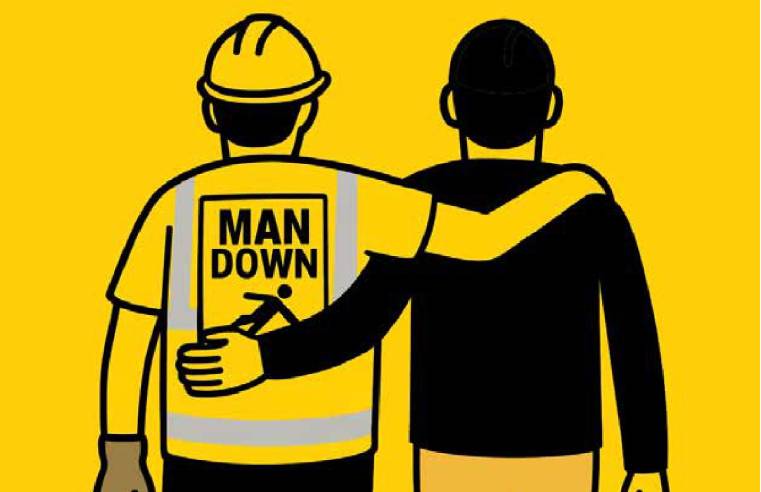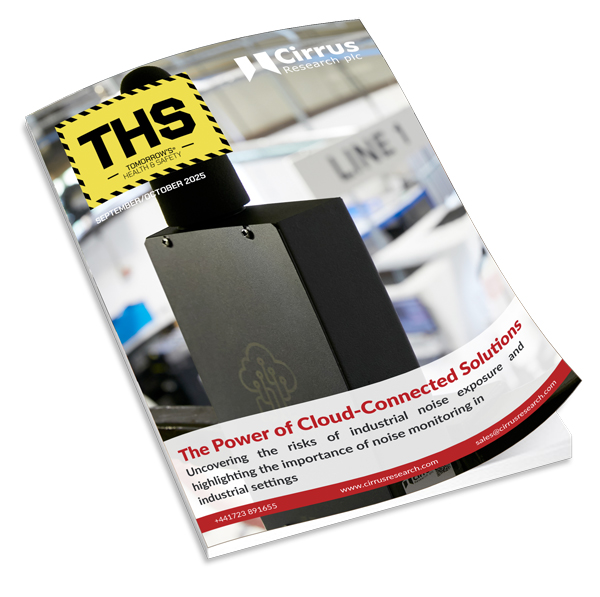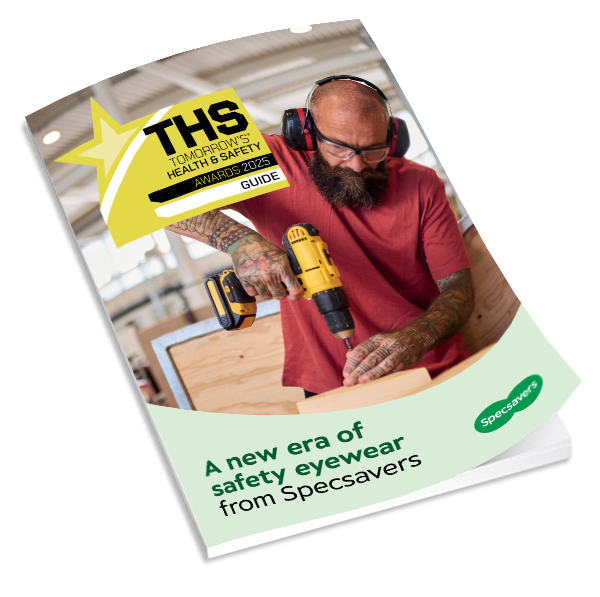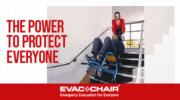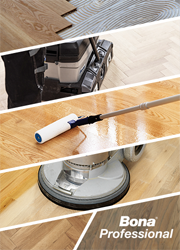The World Health Organisation (WHO) has belatedly acknowledged the threat posed by airborne transmission of the coronavirus following months of warnings from ventilation and air quality experts.
WHO officials said “evidence was emerging” that COVID-19 can spread through the air in enclosed spaces. A number of scientists have, therefore, pointed out that building ventilation systems will be crucial in limiting the chances of “super spreader” events in enclosed environments that could spark a second wave of the pandemic.
Benedetta Allegranzi, the WHO’s Technical Lead for Infection Prevention and Control, said that evidence emerging of airborne transmission of the coronavirus in “crowded, closed, poorly ventilated settings…cannot be ruled out”.
The Building Engineering Services Association (BESA) said this supported the position taken by many indoor air quality (IAQ) experts that facilities managers should be revisiting their ventilation strategies to minimise possible transmission risks as more buildings reopen following the lockdown period.
Nathan Wood, Chair of BESA’s Health & Wellbeing in Buildings Group said: “We have been arguing since the early days of the pandemic that ventilation can play a crucial role in reducing the threat of virus transmission.” He added: “We should also consider the wider deployment of air purification technologies, which are now being used more regularly in healthcare settings.”
The WHO’s change of stance was prompted by an open letter written by 239 researchers in the fields of virology, aerosol physics and epidemiology from 32 countries quoting evidence that showed tiny particles containing the virus could become suspended in the air.
“We wanted them to acknowledge the evidence,” said Jose Jimenez from the University of Colorado. “This is definitely not an attack on the WHO. It’s a scientific debate, but we felt we needed to go public because they were refusing to hear the evidence.”
Another signatory, Professor Benjamin Cowling of Hong Kong University, said the finding had “important implications”.
“In the community, if we’re thinking about aerosol transmission being a particular risk, then we need to think about how to prevent super spreading events, larger outbreaks that occur in indoor environments with poor ventilation.”
Wood urged all facilities managers to revisit ventilation strategies in their buildings to ensure they were still fit for purpose.
He said: “Not only do we have this significant admission from the WHO, but many internal spaces have been changed to allow for social distancing. Putting up partitions, for example, will change the pattern of air distribution.”
The organisation’s original position was that Covid-19 did not remain in the air, but was transmitted via droplets emitted when people cough or sneeze falling onto surfaces. That is why handwashing was seen as a key prevention measure. However, this new evidence suggests the virus can remain suspended in the air for some hours and could fundamentally change tactics for reducing transmission rates.








